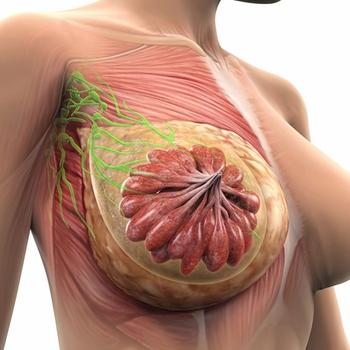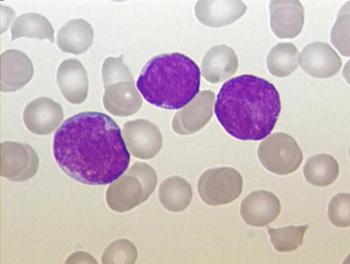
- Oncology Vol 28 No 1S
- Volume 28
- Issue 1S
(P015) Delayed Cerebrovasculopathy Due to Cranial Radiation Therapy for Pediatric Tumors
Radiation-induced cerebrovascular injury in the form of accelerated arteriosclerosis of blood vessels is a well-known phenomenon. Delayed cerebrovasculopathy in pediatric cancer patients as a result of cranial irradiation has been reported to present as Moyamoya disease or intracerebral hemorrhage.
Chenyang Wang, PhD, Kenneth B. Roberts, MD, Ranjit S. Bindra, MD, PhD, Veronica L. Chiang, MD, James B. Yu, MD; Department of Therapeutic Radiology and Department of Neurosurgery, Yale School of Medicine
Background: Radiation-induced cerebrovascular injury in the form of accelerated arteriosclerosis of blood vessels is a well-known phenomenon. Delayed cerebrovasculopathy in pediatric cancer patients as a result of cranial irradiation has been reported to present as Moyamoya disease or intracerebral hemorrhage. In this study, we propose to analyze reported cases of delayed radiation-induced cerebrovasculopathy that presents as Moyamoya disease and/or intracerebral hemorrhage and investigate the relationship between radiation dose and the interval between radiation and the presentation of cerebrovasculopathy.
Methods: Patients under 21 years of age at the time of radiation were included in analysis. Manuscript review yielded 77 cases of delayed radiation-induced cerebrovasculopathy, consisting of 45 cases of Moyamoya disease, 30 cases of intracerebral hemorrhage, and 2 cases of both. The total prescribed radiation dose and the interval between radiation and the onset of cerebrovasculopathy were determined for each case.
Results: The median age at radiation was 4.8 years, with a range of 0.5 to 20 years. Approximately 75% of these patients received radiation at less than 9 years of age. The median interval period from radiation to presentation for intracerebral hemorrhage cases was 7.5 years (range: 0.8–27 yr), whereas the median interval period for Moyamoya disease cases was 3.3 years (range: 0.3–20 yr) (P < .001). There was no significant association between radiation dose and interval from radiation to intracerebral hemorrhage presentation (P = .31), while for Moyamoya patients, the association was significant (P < .001).
Conclusions: Pediatric patients who presented with Moyamoya disease generally presented earlier than those who presented with intracerebral hemorrhage. This supports the possibility that Moyamoya may be an earlier manifestation of cerebrovasculopathy that precedes intracerebral hemorrhage. Furthermore, in patients who presented with Moyamoya, there was a statistically significant correlation between increasing doses of radiation and shorter time from radiation to disease presentation.
Articles in this issue
Newsletter
Stay up to date on recent advances in the multidisciplinary approach to cancer.

















































































